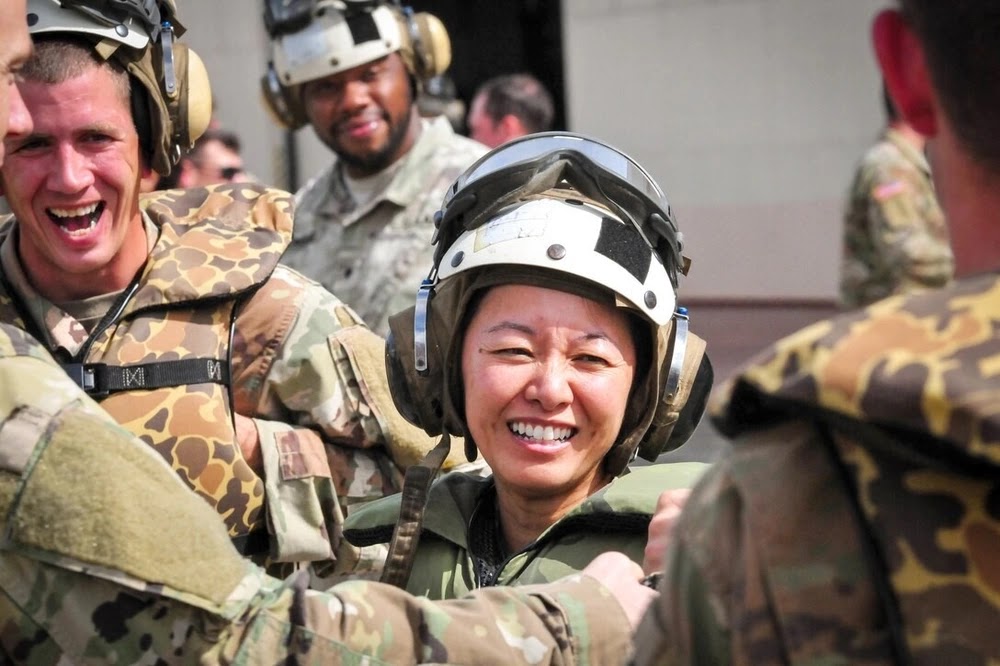BANGKOK/PHNOM PENH – A fragile, unconditional ceasefire is being cautiously observed along the Thai-Cambodian border following five days of intense and deadly fighting that marked the most severe military confrontation between the two Southeast Asian neighbors in over a decade. The truce, which officially began at midnight on Monday, July 28, 2025, was immediately tested by mutual accusations of violations, highlighting the deep-seated mistrust that threatens the nascent peace.
The recent clashes, which erupted along their shared 800-kilometre border, resulted in a significant human toll. Reports indicate that at least 38 people were killed, including both soldiers and civilians, and over a hundred were injured. The fierce exchanges of fire, which involved heavy artillery, multiple-launch rocket systems, and even Thai F-16 fighter jets conducting airstrikes, forced the mass displacement of nearly 300,000 people on both sides of the border who fled their homes for safety.
The violence represents a dramatic escalation of a long-simmering territorial dispute rooted in the colonial era. The conflict is centered on contested areas of the border defined by French maps in the early 20th century, with sovereignty over the land surrounding ancient temples, most notably the 11th-century Preah Vihear temple, being a recurring flashpoint. Similar armed confrontations broke out in 2008 and 2011, but the latest fighting has been described as the deadliest since that period.
The breakthrough for the ceasefire came after urgent diplomatic intervention. The agreement was reached in Putrajaya, Malaysia, following talks hosted and mediated by Malaysian Prime Minister Anwar Ibrahim, who is the current chair of the Association of Southeast Asian Nations (ASEAN). The meeting brought together Cambodia's Prime Minister Hun Manet and Thailand's acting Prime Minister Phumtham Wechayachai, who both committed to the "immediate and unconditional" cessation of hostilities.
The diplomatic effort, hailed as a significant win for the regional bloc, also saw engagement from international powers including the United States and China, who pressed for a peaceful resolution.
However, the ceasefire's fragility became apparent within hours of its implementation. Thailand's military accused Cambodian forces of launching attacks in several areas after the deadline, stating its troops retaliated in self-defense. Conversely, Cambodia denied any breaches and insisted it was fully respecting the agreement, labeling the Thai claims as propaganda.
Despite these initial accusations, military officials from both countries have held meetings as stipulated in the agreement, and large-scale fighting has not resumed. Yet, the situation remains tense. Analysts and officials have expressed cautious optimism, noting that rebuilding trust will be a long and difficult process. Thousands of displaced civilians remain in evacuation shelters, hesitant to return home until they are certain of lasting peace.
The international community is closely monitoring the situation, with ASEAN set to deploy an observer team to verify compliance and help maintain stability. The success of this ceasefire is seen as a crucial test of regional diplomacy and the ability of both nations to resolve their deep-rooted historical grievances through dialogue rather than conflict.








